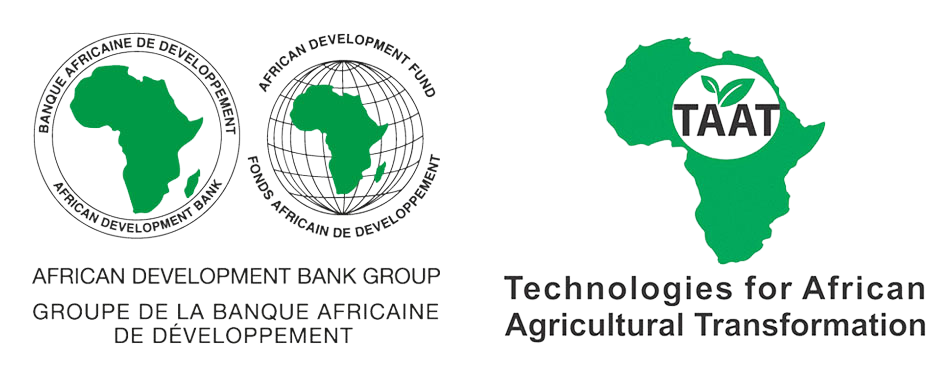

From Advocacy to Action: Replicating Success with Lasting Investment
This technology is a model that helps governments and development partners improve cassava seed systems at national level. It uses advocacy, planning, and teamwork to create the right conditions for improved cassava seeds to be used widely and sustainably. The model does not produce seeds itself. Instead, it helps countries include good seed practices—like Early Generation Seed (EGS), SAH, nodal cuttings, and digital tools—into their public programs and policies. It supports local leadership, funding, and better coordination among all actors. The approach follows six main steps: diagnosing the seed system, engaging stakeholders, integrating seed strategies into plans, building capacity, promoting innovations, and monitoring progress.
This technology is pre-validated.
Open source / open access
Free seed distribution weakens the market:
In many countries, cassava seed is still given out for free to show quick results. This creates dependency, distorts the seed market, and prevents the growth of local seed businesses.
Good models are not scaled or sustained:
Even when innovative seed system models exist, they often remain small. Without strong advocacy and funding, they are not included in national policies or budgets, and their impact stays limited.
Lack of strategic advocacy and coordination:
Cassava seed innovations are not always known or supported by key decision-makers. Without a clear strategy and coordination, these technologies fail to influence policy or attract long-term investment.
Project-based approaches don’t lead to lasting change:
Most seed system efforts are tied to short-term projects. Once funding ends, activities stop, and there are no mechanisms to sustain or expand the work.
In this section, you will soon discover essential elements to develop your business plan. You'll find a brief list of important questions to consider before launching your business, along with information on the technology's value proposition, target audience, key resources, strategic partners, and cost structure. This compilation will assist you in evaluating the various crucial aspects to ensure the success of your business.
In the meantime, use the 'Request information' button if you need to contact us.
Adults 18 and over: Positive high
Gain access to training, market opportunities, and investments through policy-driven support.
The poor: Positive medium
Supported through stronger, market-based seed systems that reduce dependence on free seed distribution.
Under 18: Positive medium
May benefit from inclusive frameworks, though not directly targeted by advocacy activities.
Women: Positive medium
Included indirectly through seed entrepreneurship and policy engagement, though not the primary focus.
Climate adaptability: Highly adaptable
The model works across diverse agro-ecological zones and promotes climate-resilient cassava seed technologies.
Farmer climate change readiness: Moderate improvement
Improves farmer preparedness by supporting access to climate-smart varieties and good practices through national programs.
Biodiversity: Positive impact on biodiversity
Encourages the use of multiple improved cassava varieties, helping reduce genetic erosion and supporting varietal diversity.
Carbon footprint: A bit less carbon released
Digital coordination and policy planning reduce the need for repeated physical meetings and seed distribution trips.
Environmental health: Moderately improves environmental health
Promotes clean planting material and lowers the use of agrochemicals by reducing the spread of seed-borne diseases.
Scaling Readiness describes how complete a technology’s development is and its ability to be scaled. It produces a score that measures a technology’s readiness along two axes: the level of maturity of the idea itself, and the level to which the technology has been used so far.
Each axis goes from 0 to 9 where 9 is the “ready-to-scale” status. For each technology profile in the e-catalogs we have documented the scaling readiness status from evidence given by the technology providers. The e-catalogs only showcase technologies for which the scaling readiness score is at least 8 for maturity of the idea and 7 for the level of use.
The graph below represents visually the scaling readiness status for this technology, you can see the label of each level by hovering your mouse cursor on the number.
Read more about scaling readiness ›
Uncontrolled environment: validated
Common use by intended users, in the real world
| Maturity of the idea | Level of use | |||||||||
| 9 | ||||||||||
| 8 | ||||||||||
| 7 | ||||||||||
| 6 | ||||||||||
| 5 | ||||||||||
| 4 | ||||||||||
| 3 | ||||||||||
| 2 | ||||||||||
| 1 | ||||||||||
| 1 | 2 | 3 | 4 | 5 | 6 | 7 | 8 | 9 | ||
| Country | Testing ongoing | Tested | Adopted |
|---|---|---|---|
| Nigeria | –No ongoing testing | Tested | Adopted |
| Rwanda | Testing ongoing | –Not tested | –Not adopted |
| Tanzania | –No ongoing testing | Tested | Adopted |
This technology can be used in the colored agro-ecological zones. Any zones shown in white are not suitable for this technology.
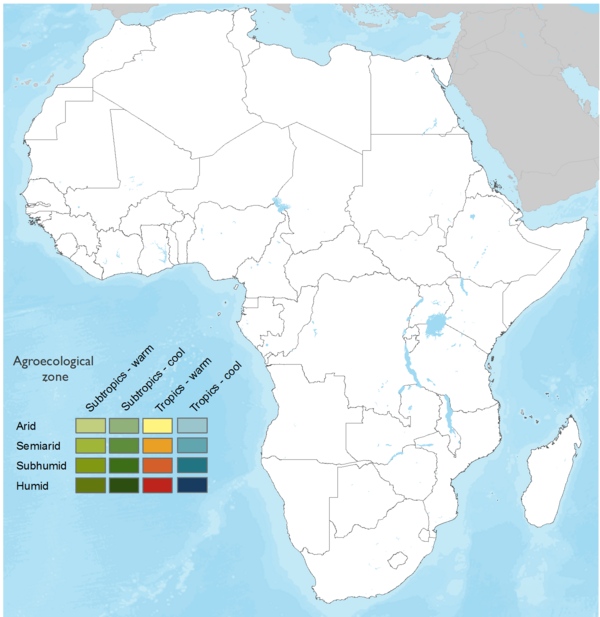
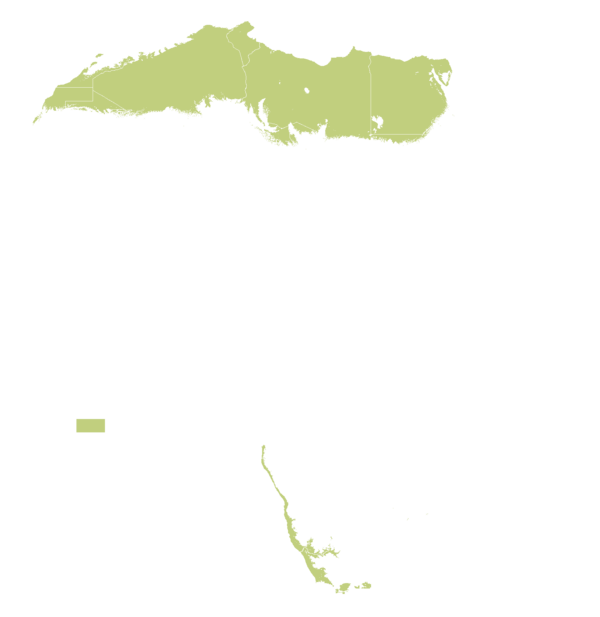




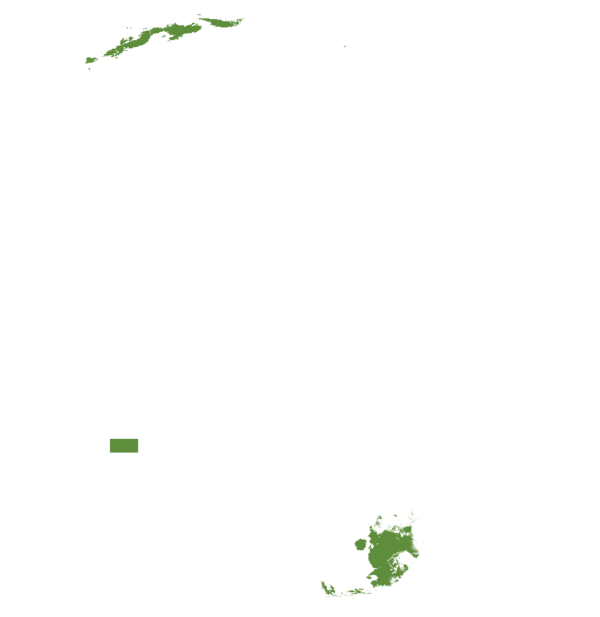


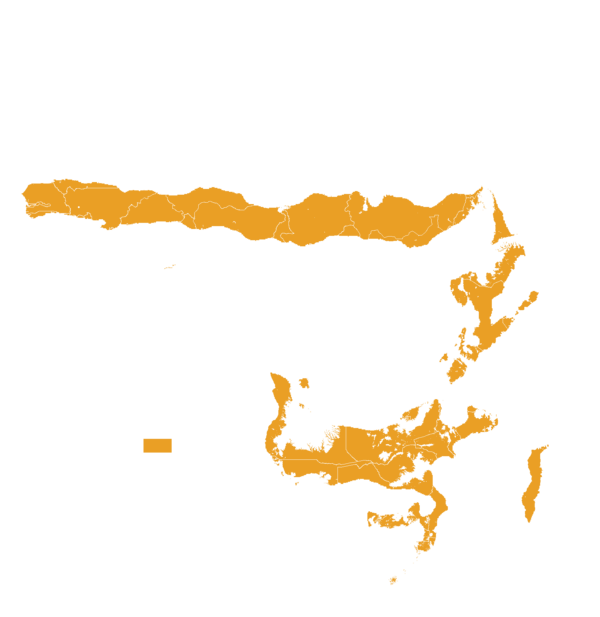
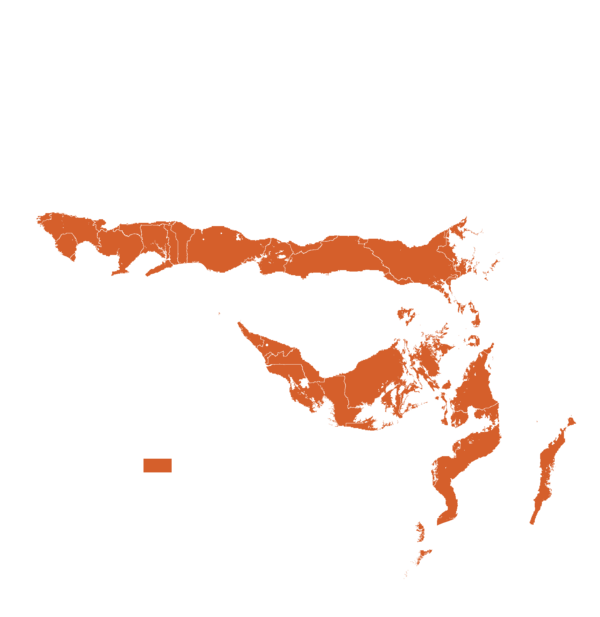

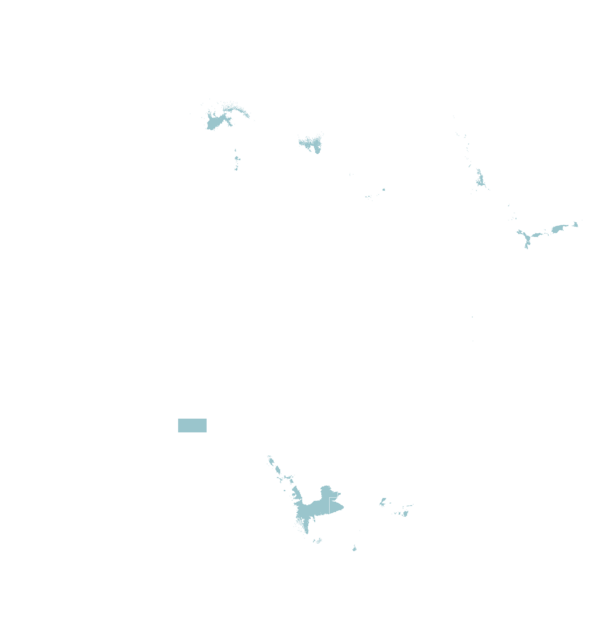

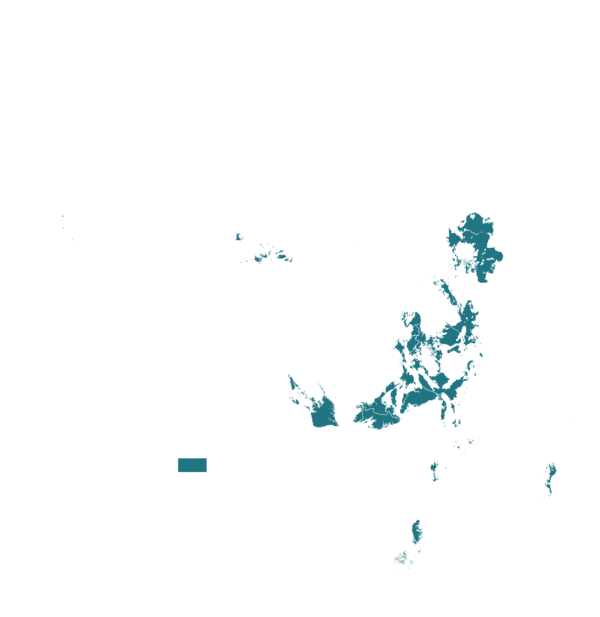
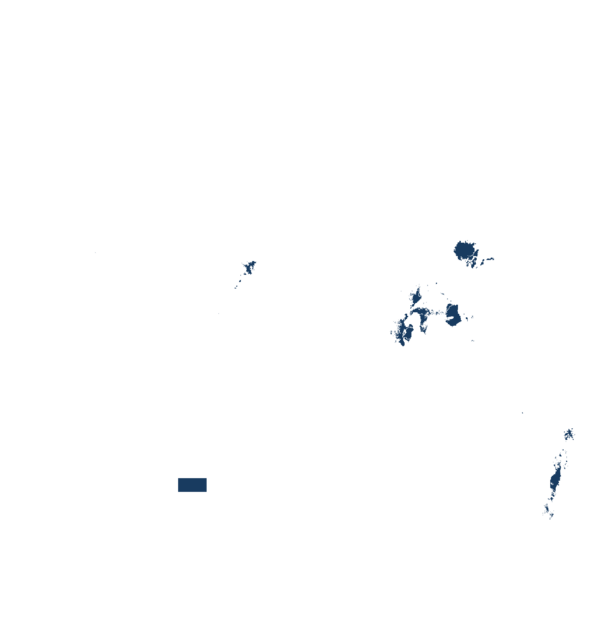
| AEZ | Subtropic - warm | Subtropic - cool | Tropic - warm | Tropic - cool |
|---|---|---|---|---|
| Arid | ||||
| Semiarid | ||||
| Subhumid | ||||
| Humid |
Source: HarvestChoice/IFPRI 2009
The United Nations Sustainable Development Goals that are applicable to this technology.

Supports income generation for farmers and seed entrepreneurs by creating a sustainable, market-oriented seed system.

Improves food security through wider access to clean, high-yielding cassava varieties.
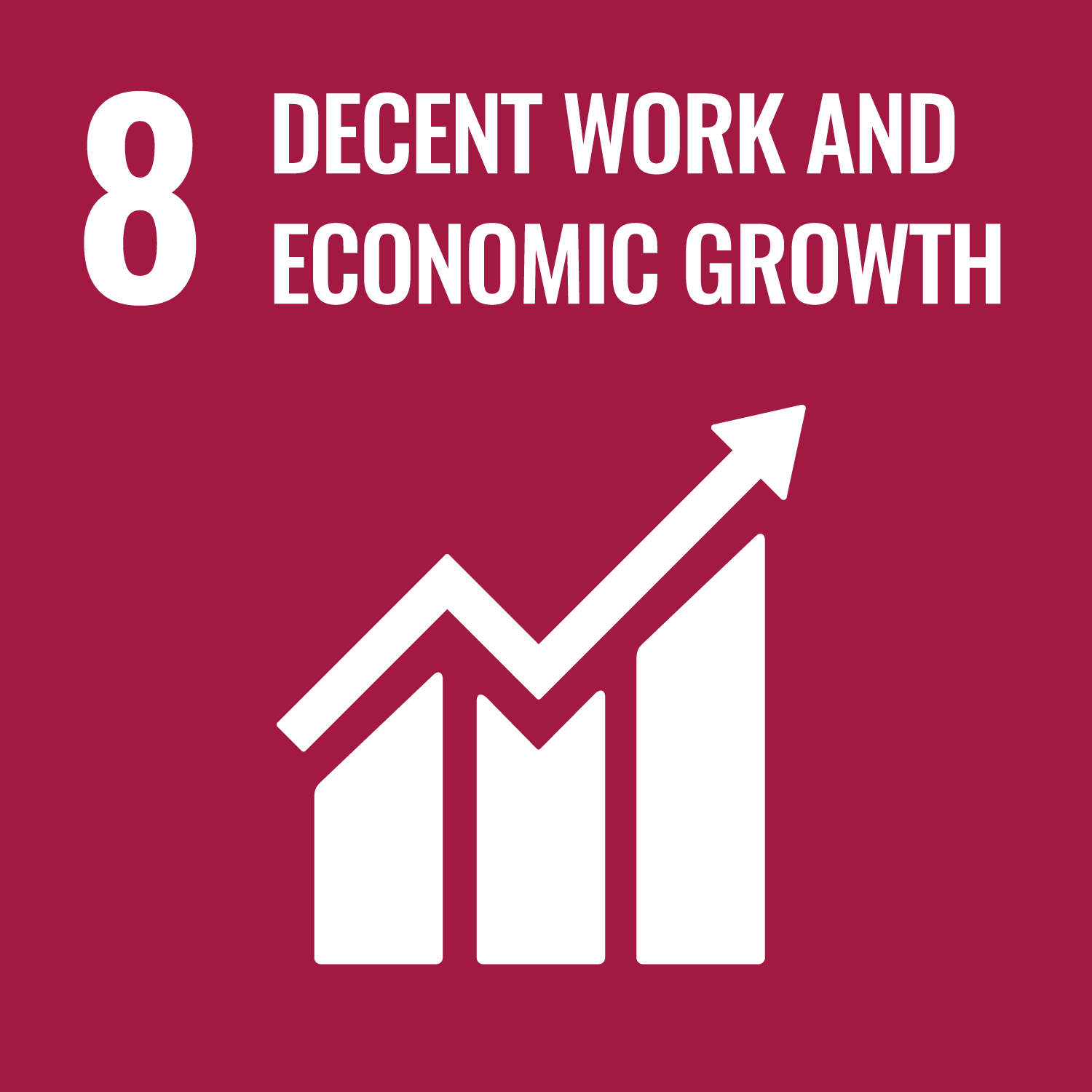
Promotes job creation and strengthens seed sector institutions, supporting rural economic activity.
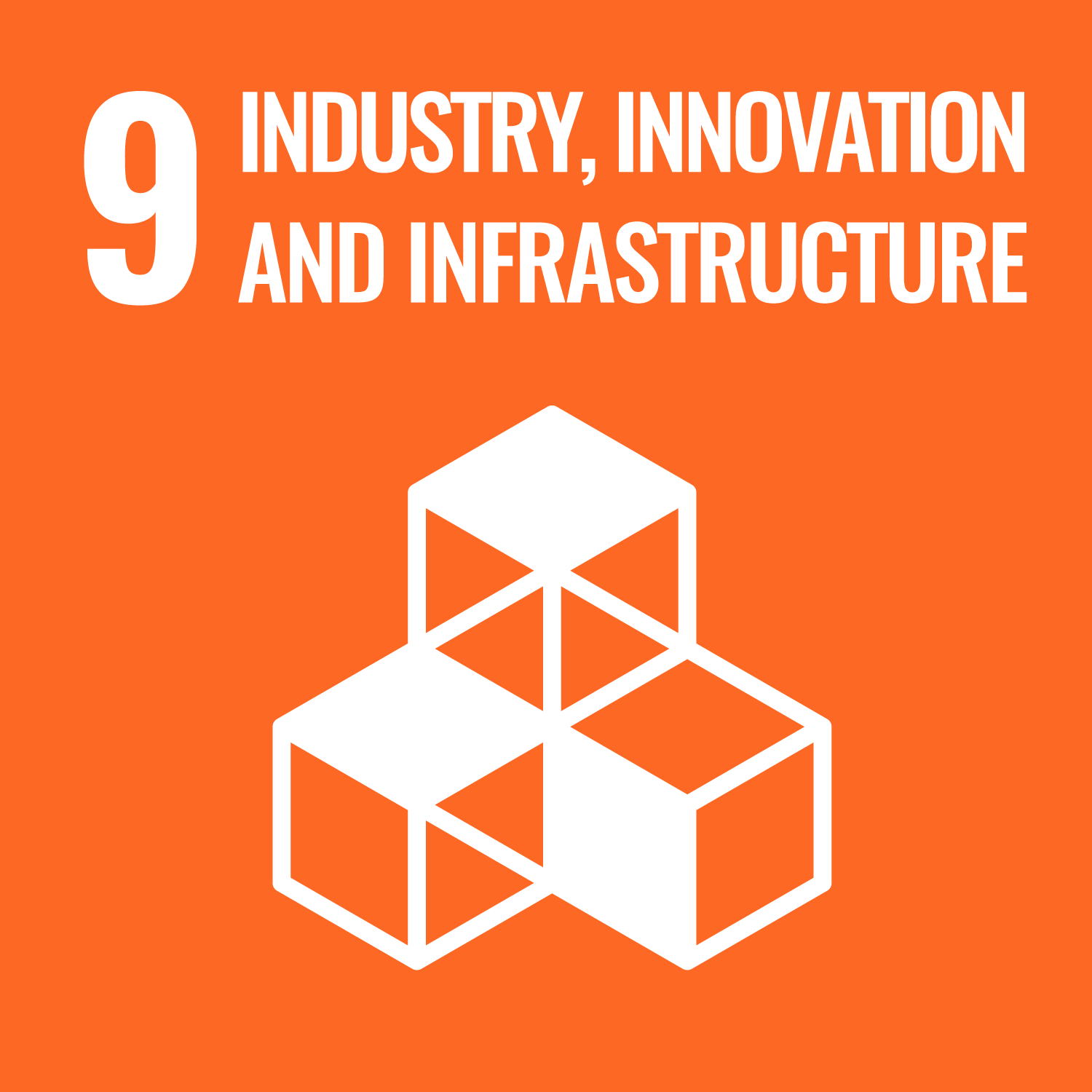
Institutionalizes scalable innovations like digital seed certification and processor-led seed models.
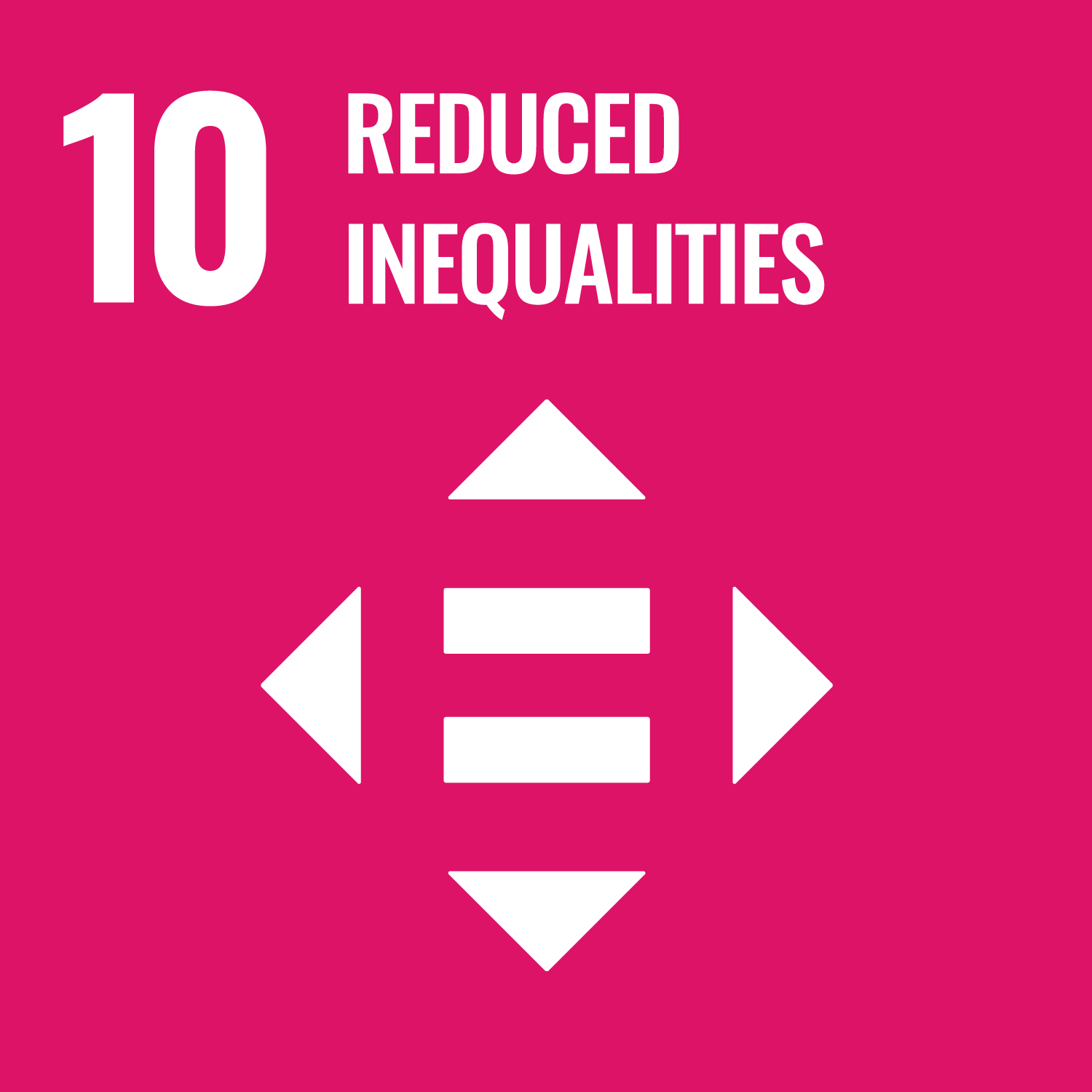
Supports inclusive policies and local ownership, improving access for women and youth in rural areas.

Built on partnerships among governments, donors, research institutions, and the private sector for coordinated action.
Last updated on 28 November 2025